Can you imagine having the ability to make other people buy things just by posting on social media?
That’s exactly what influencers do.
Think of the last time you bought something because of a testimonial from someone well-known. That’s influencer marketing in action.
You’ve probably seen it a lot on social media networks.
For example, a food startup called Klean Plate used influencer marketing on social media to increase its sales 14 times and get 204% more traffic in just 4 months.
That’s not a freak accident either. These are fairly typical results for businesses who work with important influencers.
Whether it involves testimonials or product promotion, influencer marketing can work almost like magic.
Why does it work so well?
It’s all about social proof.
The idea is simple: If we see other people doing something, we’re more likely to do that same thing.
And if we see someone we look up to and respect doing something, we’re way more likely to do it too.
Makes sense, right?
So when influencers and celebrities promote certain products, that product usually sells like crazy.
Influencers have a lot of power because their followers want to be more like them.
That’s why people respond to influencer marketing, and that’s why businesses make about $6.50 for every $1 they spend on influencer marketing.
That said, there are some pitfalls to avoid when creating an influencer marketing strategy.
It’s not as simple as just picking an influencer in your niche and throwing money at them. If you do that, you could waste thousands of dollars.
If you’re interested in influencer marketing, this article will help you figure out what not to do.
1. Choosing just any influencer
This is the first mistake that marketers usually make when planning an influencer campaign.
Many people just pick someone in their niche and reach out to them.
This is a pretty bad approach.
The influencer you choose has to fit your brand. They have to share your values and believe in your product.
You want someone who will act as a brand ambassador, and that means choosing someone who has a good track record and reputation.
Some of the worst marketing failures happen when influencers go against the values of the companies they support.
In 2016, Olympic swimmer Ryan Lochte was dropped by four sponsors after he lied about being robbed at gunpoint.
Three of those contracts were worth $1 million together, and Lochte lost them all.
But Lochte isn’t the only influencer who’s lost favor and been dropped by companies. It happens all the time.
If you choose an influencer without researching his or her background and values, you have no way of knowing if it’ll be a hit or a miss.
Obviously, some things are totally unpredictable.
But there are some things you can do to pick someone who has a good chance of helping and not hurting your brand.
You should research different influencers in your niche and determine who aligns with your brand.
Different types of influencers are right for different brands.
So it’s crucial that you find the right influencer for you.
There are general warning signs to look out for. You don’t want to choose someone who was involved in any violent acts or has a police record.
There are also specific things to look for that are relevant to your business.
For example, if you run a startup that gives money to charities, you wouldn’t want to hire an influencer with a history of robbery. (That’s a dramatic example, but you get the point.)
However, this may take a while. Launchmetrics found that 75% of brands think finding the right influencer is the hardest part of an influencer marketing campaign.
But don’t give up! Your hard efforts will pay off.
The influencers you choose should all make sense for your brand. They should be important in your niche but also well respected.
2. Super cold outreach
Cold contact (reaching out to someone that you don’t know) has been a staple of the sales industry for decades.
Many people still use it today. For some marketers, it’s their go-to method for contacting influencers.
Unfortunately, it doesn’t always produce the best results.
Most of the time, it’s because influencers get so many cold emails, and they’re unlikely to help out every brand knocking at their door.
As an influencer myself, I can relate to this one. I get several cold emails every day.
If I don’t know someone, I’m probably not going to immediately say yes to anything they ask.
That’s why you have to be awesome at cold outreach.
To understand the difference between good and bad cold outreach, take a look at these two emails.
Here’s Email #1:
And Email #2:
Which one is better?
The second one, right?
You can’t even compare the two. The first is so vague, and it rambles on about things the recipient probably has no interest in.
The second focuses on the person reading it. It’s short, sweet, and to the point.
In fact, that email is so good, it got a response. Check out the full email screenshot:
If you send a generic boilerplate email, you will get 0 responses. I’m not kidding. You might get a rejection if you’re lucky.
Take the time to personalize your outreach emails. Get to know the influencer a little bit before you email them. It goes a long way.
3. Looking for cheap promotion
Let’s say you’re looking for an influencer to promote your cell phone.
All you have to do is find the right person and then give them a quick thanks in return for their endorsement, right?
This isn’t always the case.
While some influencers will be generous enough to just keep your product and promote it, most influencers require payment on top of that.
That’s why companies are increasing their influencer marketing budgets.
You don’t pay influencers by giving them exposure or even free stuff.
It’s the same thing as paying for a Facebook ad. You’re paying to get your product in front of more people.
Influencers do the exact same thing, and that’s why most of them will require payment.
However, it can be worth it if you find a good influencer to work with.
4. “Copy and paste” syndrome
Even after you’ve finally found and connected with the right influencer, your job isn’t done.
Communicating with your influencer is super important. If you don’t, you could find your campaign falling apart.
There are lots of ways this can happen, but probably the most embarrassing is the “copy and paste” syndrome.
It happens like this. You give an influencer directions for something like a social media post.
But instead of following the directions, the influencer copies and pastes those directions and posts them.
It’s a marketing nightmare, and it’s real. That’s exactly what reality TV star Scott Disick did. Check it out:
It’s hilarious but it’s also a huge influencer marketing failure.
It also happened with Adidas and Naomi Campbell:
Now, it could be that these posts are failing on purpose to draw more attention to the brand. But often, influencers make these mistakes without noticing it.
This is why it’s so important to communicate with any influencers you work with.
Your expectations and directions have to be crystal clear. If they’re not, you could be the next victim of copy and paste syndrome.
And it’s not just social media posts you have to worry about. You should be clear about everything, no matter how small it is.
5. Asking too much
Think about the types of people who are influencers.
There are all sorts of influencers:
- Celebrities
- Millionaires
- Athletes
- Bloggers
- Entrepreneurs
- Tech experts
- Politicians
Do you know what they all have in common?
They’re all incredibly busy.
In fact, if you reach out to an influencer, you’ll probably get sent to their PR team.
And even if the PR team accepts your pitch, the influencer may not ever see any of your messages.
Which brings me to a giant mistake that most people make when they do outreach: They ask way too much of the influencer.
You want the influencer (or their team) to do as little work as possible.
If an influencer has to jump through hoops to respond to you, then you probably won’t get a response.
Let’s take a look at a real world example. I often get emails that look like this:
If I got an email like this, I would delete it on the spot.
This person hasn’t done any work to show why their articles would be good for a specific audience. They’ve just pasted the article titles.
In order to respond to this, I would have to look at the person’s samples, evaluate them, and possibly ask for samples of the proposed articles.
And that’s way too much. I don’t have the time to do it, and no influencers will.
This is a much better outreach email for this scenario:
I’m much more likely to respond to this email.
First, it’s super short, which means I can quickly read it.
Your email can be longer than this, but if it is, use short sentences. I recommend an absolute maximum of 2 lines per paragraph.
Second, it’s not begging for links or any kind of promotion. It doesn’t come off as desperate.
Instead, it’s sincere and personalized.
You might be thinking, “Gee, it seems pretty difficult to do outreach the right way.”
It definitely takes a lot of effort, but the results speak for themselves.
You just have to learn what influencers are looking for and what they respond to.
Here’s one sample email template to reach out to an influencer:
It meets all of the criteria I talked about. It uses short paragraphs, it’s personalized, and it’s not begging for promotion.
It’s not perfect, of course. Overlook the typos, and seek to understand the kind of influence that the email is attempting to reach.
It speaks directly to the influencer’s interests and offers them an opportunity based on those interests.
In short, it doesn’t ask too much.
Don’t make the mistake of creating an outreach message that asks the influencer to bend over backward.
You should be the one going the extra mile, not the influencer. Remember that when you’re contacting influencers for your campaigns.
6. Keeping a tight leash
Have you ever seen an ad that seemed too perfect?
You probably got skeptical and didn’t trust that it was an honest representation of the product or service being advertised.
This Instagram post by Chriselle Lim is a good example.
The copy isn’t casual enough for an Instagram post, and this is clearly a staged photo. (And while it has a lot of likes, remember that the number of likes is a vanity metric.)
Because it’s so forced, it automatically loses some credibility.
This happens a lot, and it’s usually the result of marketers giving influencers very strict directions.
The marketer wants to be in control, so he or she tells the influencers exactly what to do instead of letting them promote in their own way.
This is a big mistake.
The whole point of influencer marketing is to let influencers promote your product in a way that is unique to them.
If you give influencers some breathing room, they’ll make your campaign more unique.
7. Measuring only the amount of new followers
Recently, I met someone who was telling me about their latest influencer marketing campaign, and they emphasized the fact that they got a ton of new followers.
Most marketers think that’s the ultimate goal of influencer marketing.
Getting more followers is great, but it’s not the main thing you should be measuring.
In many ways, your number of followers is somewhat of a vanity metric.
A vanity metric is a metric that doesn’t tell you anything helpful about your marketing.
If you think about it, the number of followers you have is a vanity metric.
Even if you have a million followers, that doesn’t really mean anything for your bottom line.
If none of those followers buy anything or take actions, they serve no purpose other than to give you the ability to say you have a million followers.
So if you get lots of new followers from an influencer marketing campaign, that’s awesome, but it’s not the only thing you should be measuring.
You need to measure actionable metrics that reflect your results.
Sales and average time on page are examples of metrics that are actually valuable.
These metrics will help you determine if you’re on the right track or if your marketing needs some improvements.
If you have thousands of likes but few sales, you know that you have some work to do.
On the other hand, influencer marketing might get you just a couple hundred users but lots of sales. That’s a good thing, even though it seems a little counterintuitive.
I know it’s tempting to say, “I got 500 new followers from this influencer. This campaign was a success!”
It makes you feel good even if you know that you’re looking at vanity metrics.
But you have to resist the urge.
The numbers might not look as nice as you want them to, but you’ll have a better view of which goals you’re achieving and which ones you’re not.
Conclusion
I have tons of experience with influencer marketing.
I’ve spent my fair share of money on influencers, and that taught me a lot about what to do and what not to do.
I’ve even helped out other people since I’m an influencer. I’ve been on both sides, and I’ve learned several valuable lessons.
I’ve made every single one of these mistakes before.
I would check in on my campaign and see that I got a thousand new followers.
I’d ask influencers to do a lot of work right off the bat.
I’d sent lame emails to people I looked up to, only to never hear back from them again.
And most of my marketing efforts didn’t do anything for me.
I wasted my time and my money. That taught me the hard way to really analyze my influencer marketing and think about it differently.
In fact, I had to spend a lot of time figuring out what I was doing wrong and then fixing it. It wasn’t fun.
I’ve seen others make these mistakes too. I’ve known entrepreneurs who have lost thousands and thousands of dollars on influencer marketing.
People think that it works overnight and gets you loyal followers for life. I wish that were true, but it isn’t.
Influencer marketing isn’t a magic wand that you can wave to grow your business. It’s a strategy that you have to use — well, strategically.
It can work wonders for you, but you can’t rely on it one hundred percent. You have to be realistic about your expectations.
Not to mention that influencer marketing can get expensive, so the more mistakes you make, the more money you’re just throwing away.
Leveraging the power of influencers is really no different from any other marketing strategy, so don’t treat it like it’s anything special.
I hope this article has helped you learn from my experience so you can steer clear of these mistakes.
Have you made any of these mistakes before? Have you experienced failures that I haven’t mentioned here?

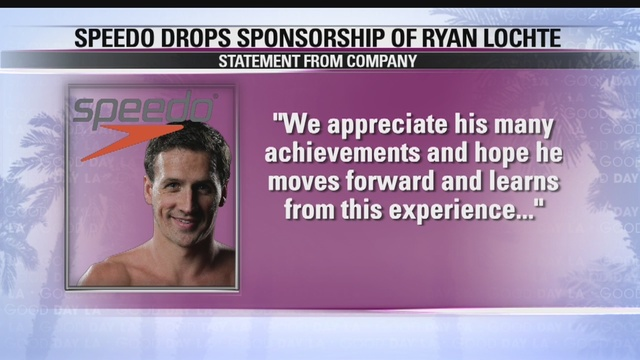
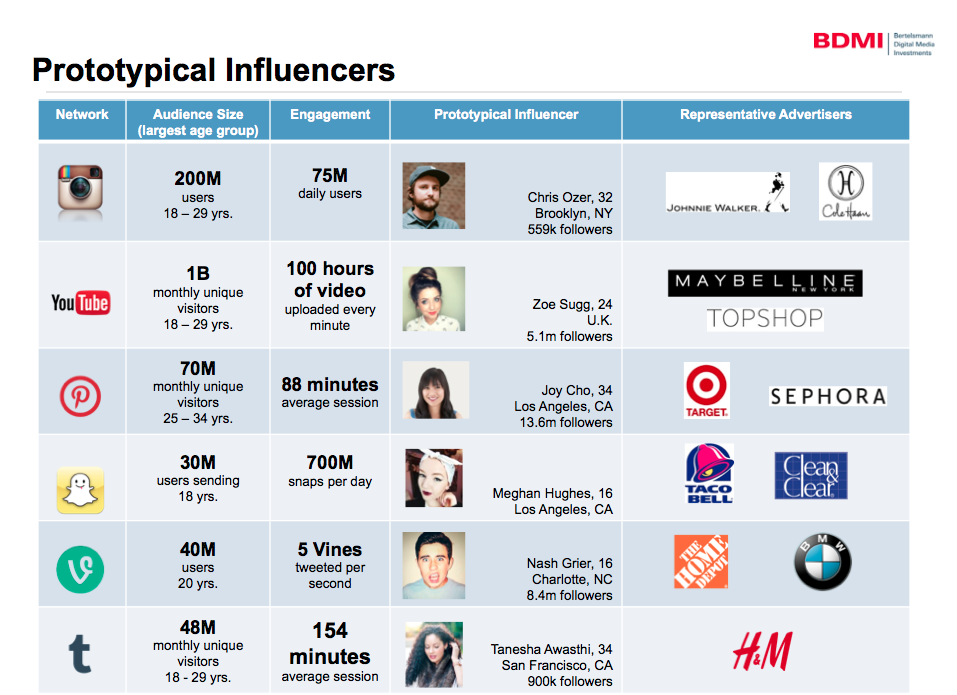
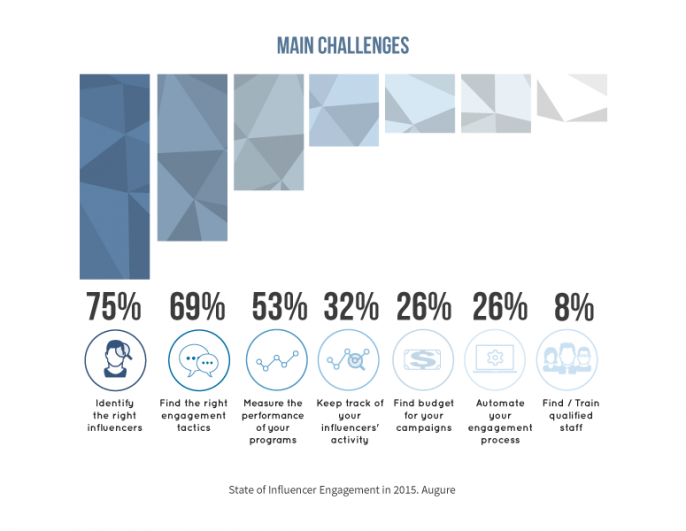
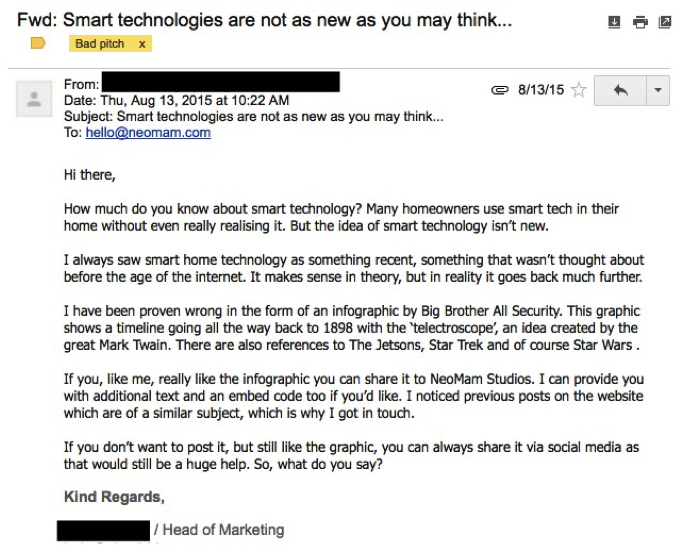
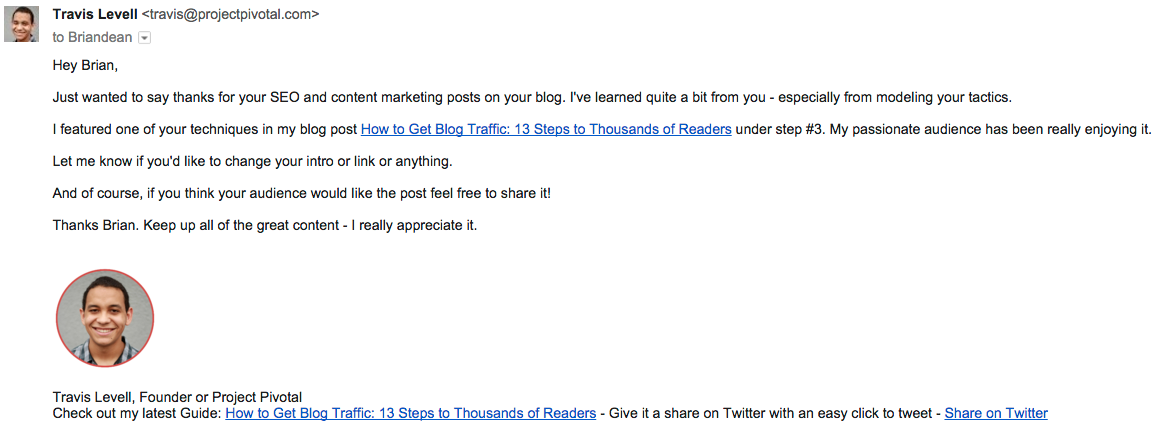
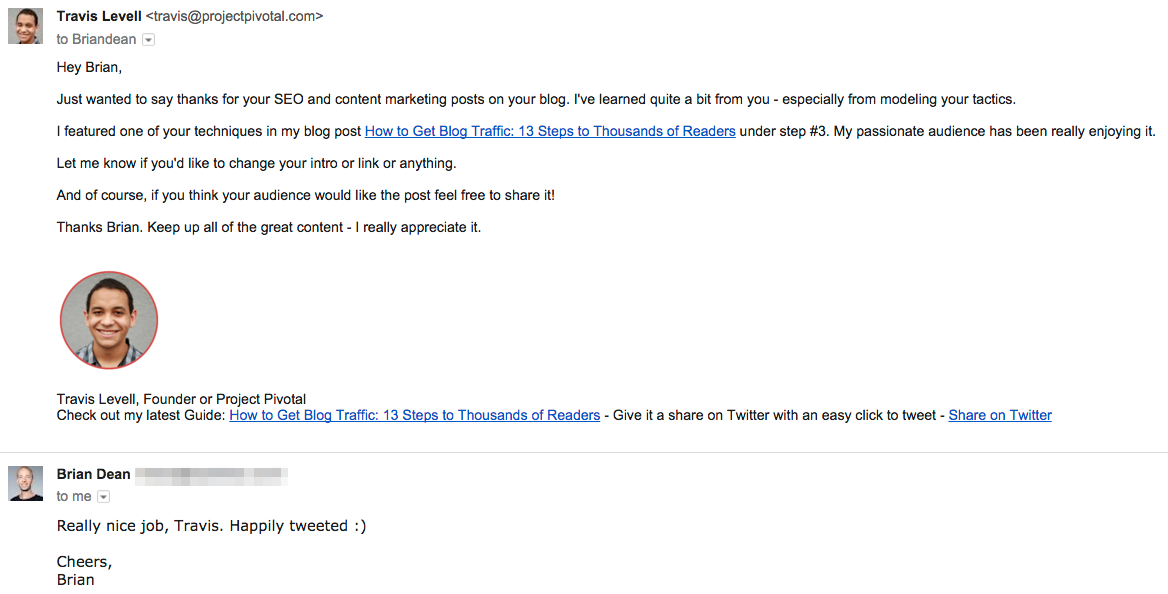
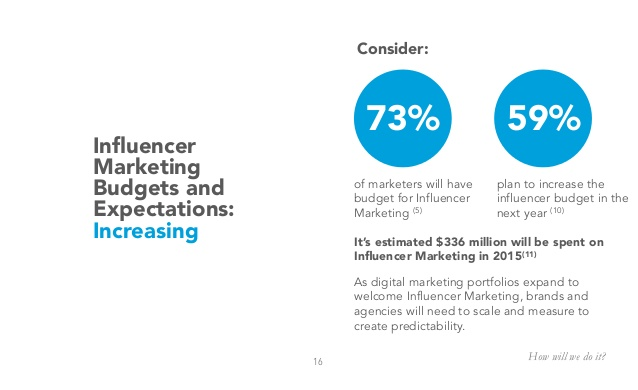
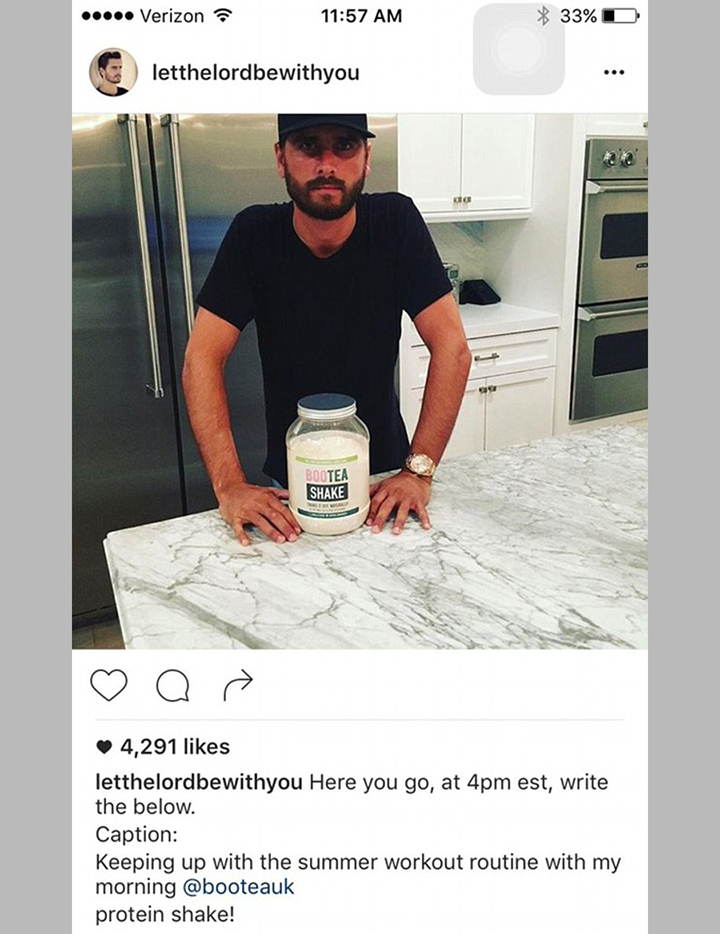
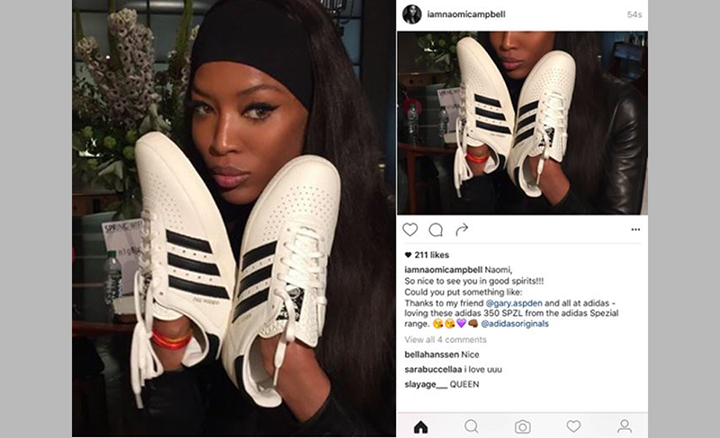
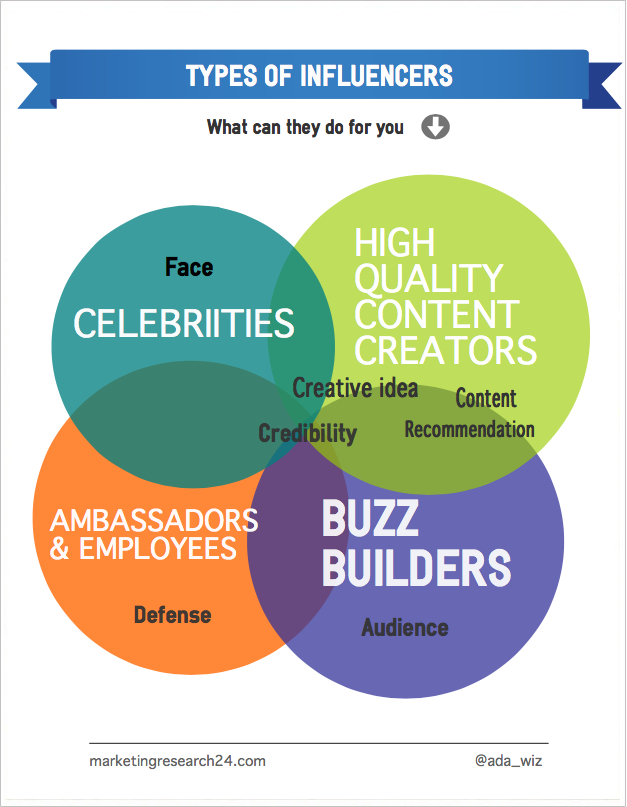
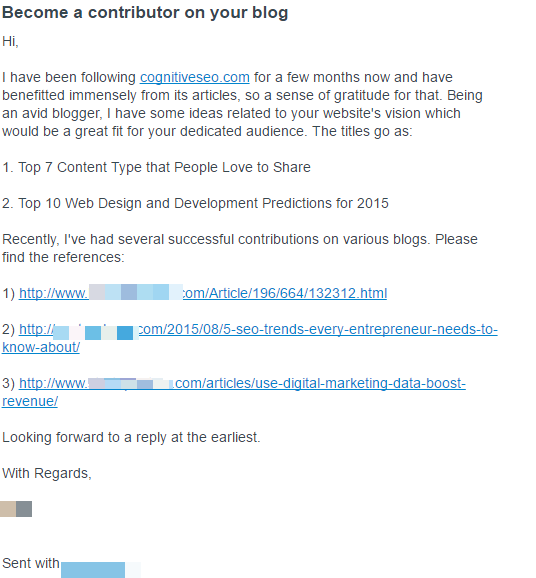

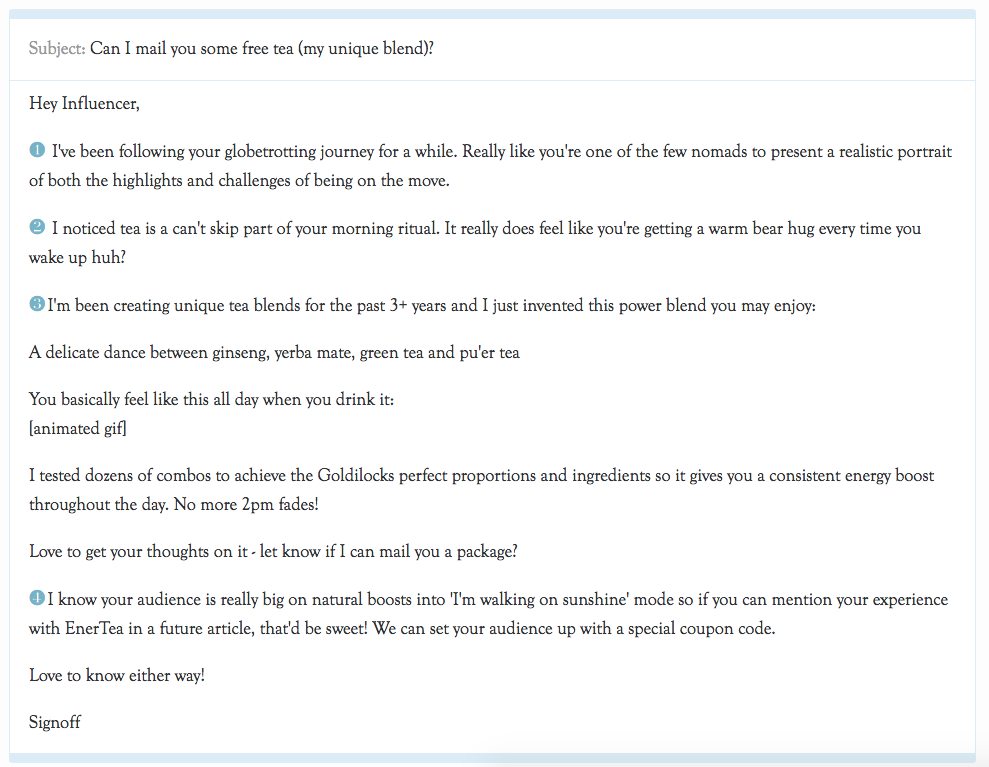
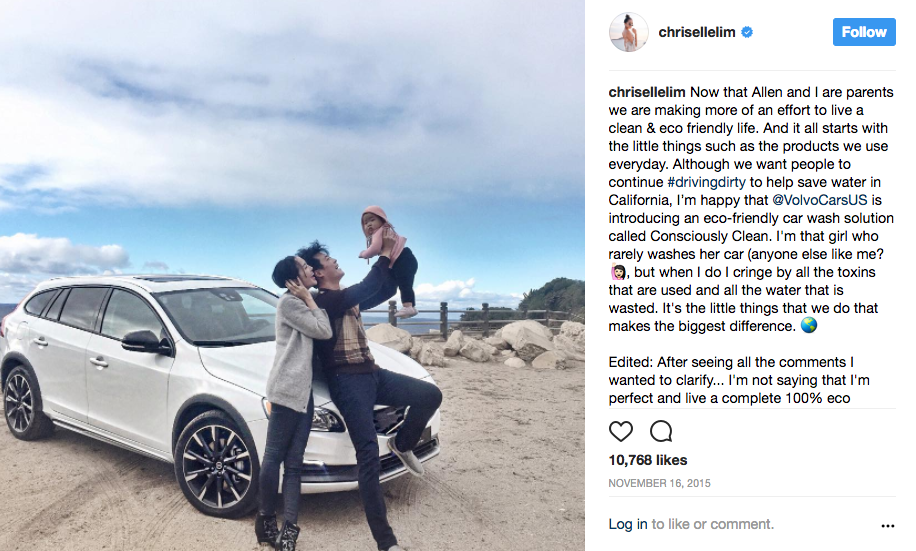
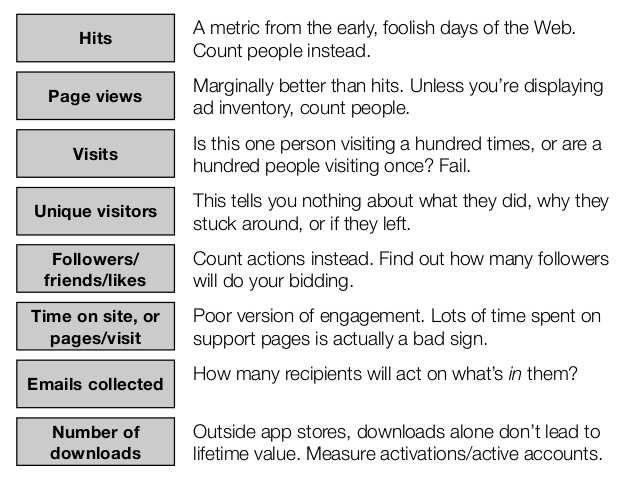
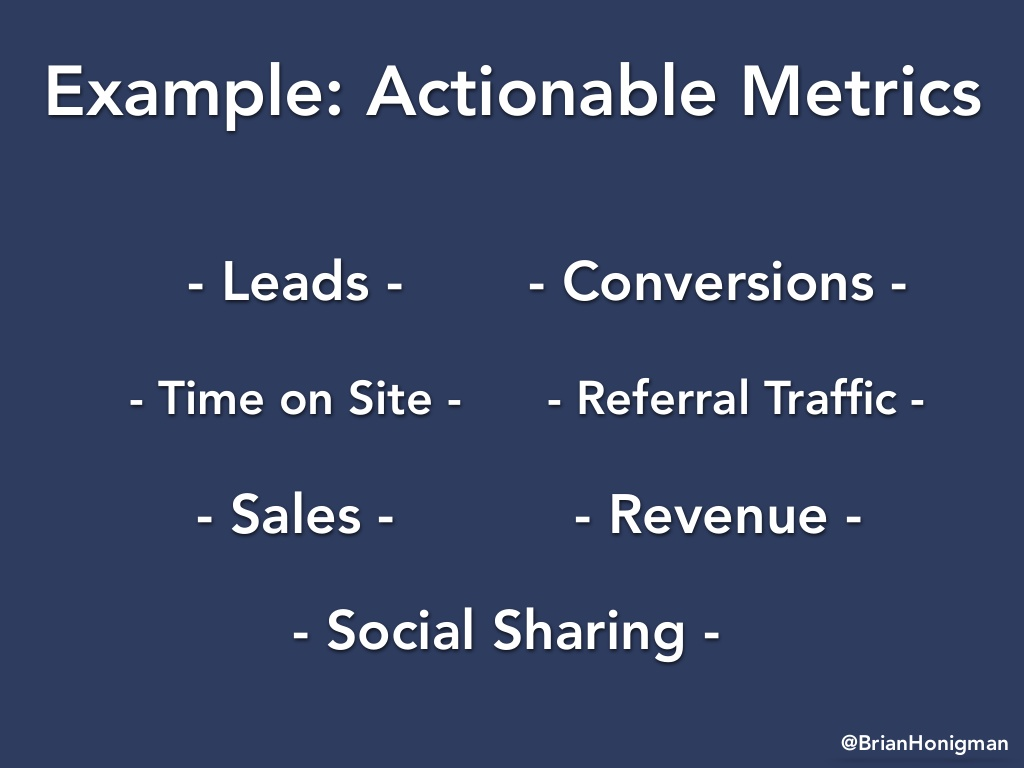
Comments (4)